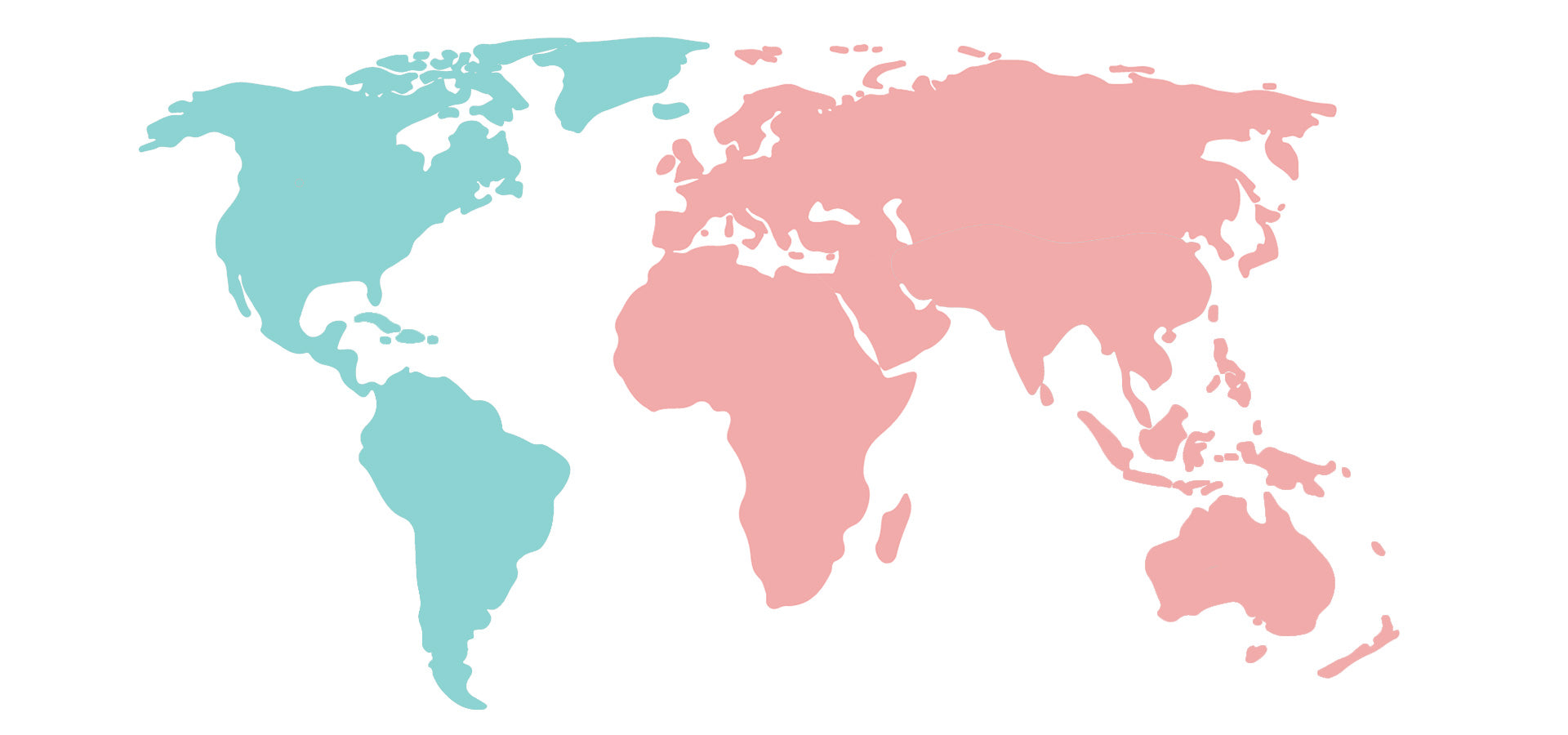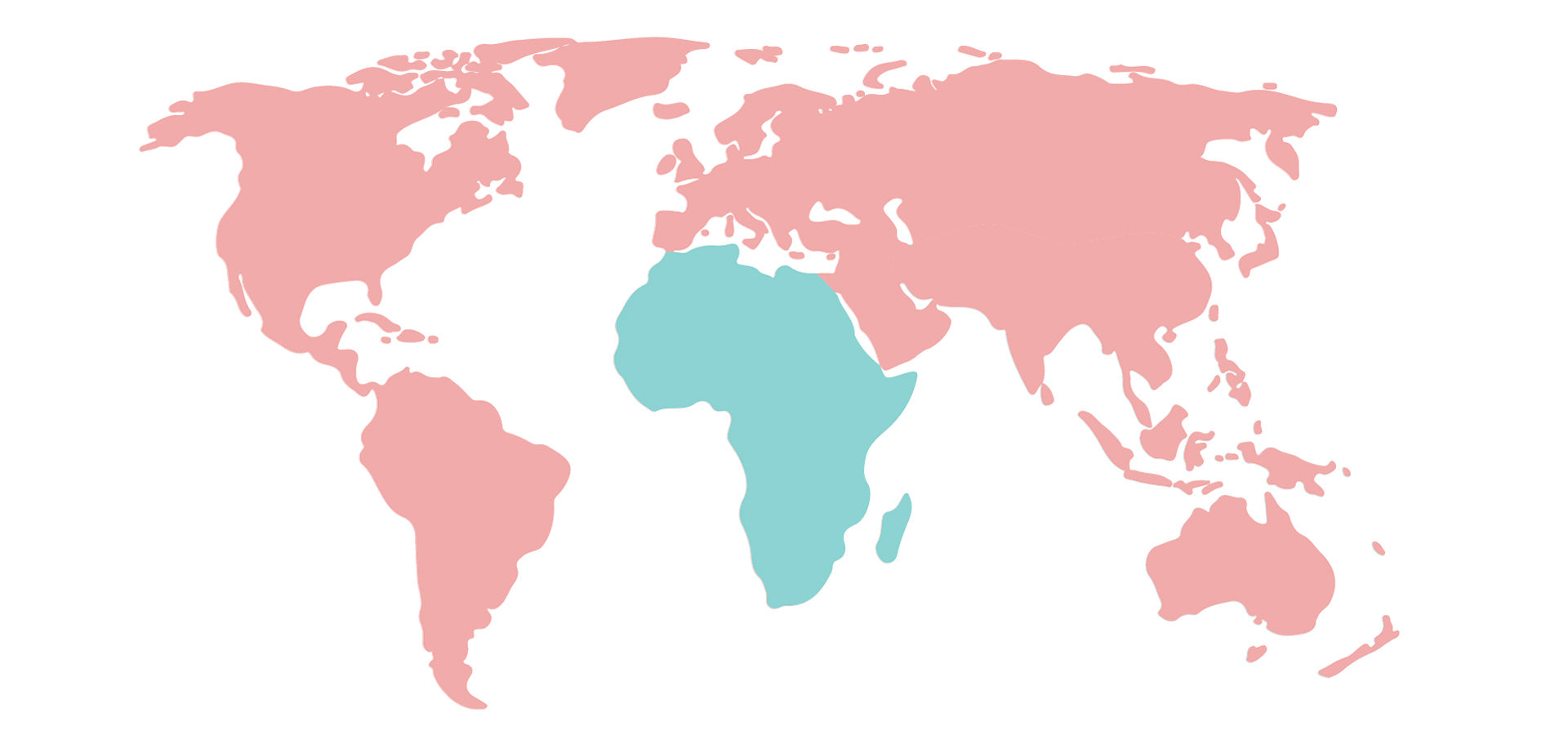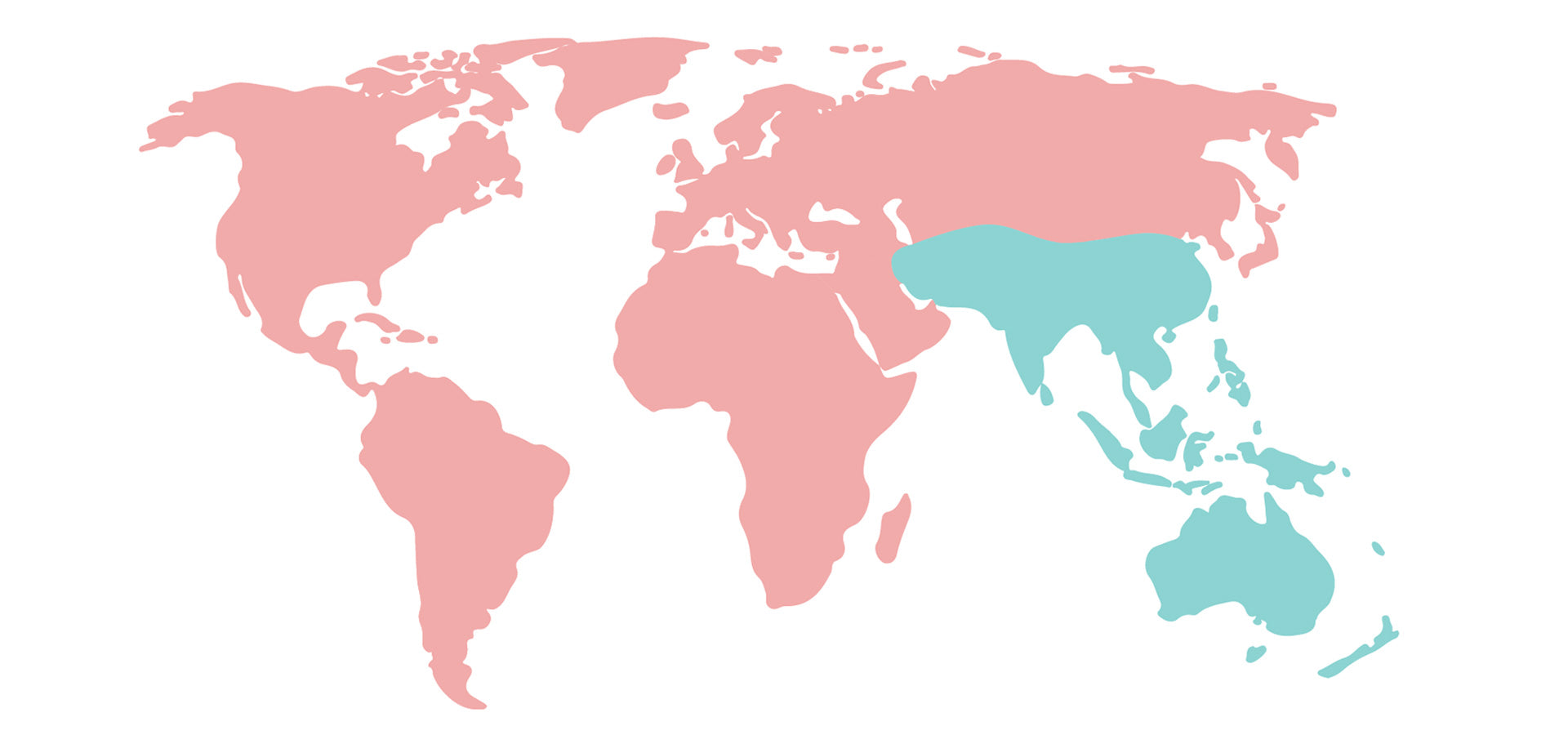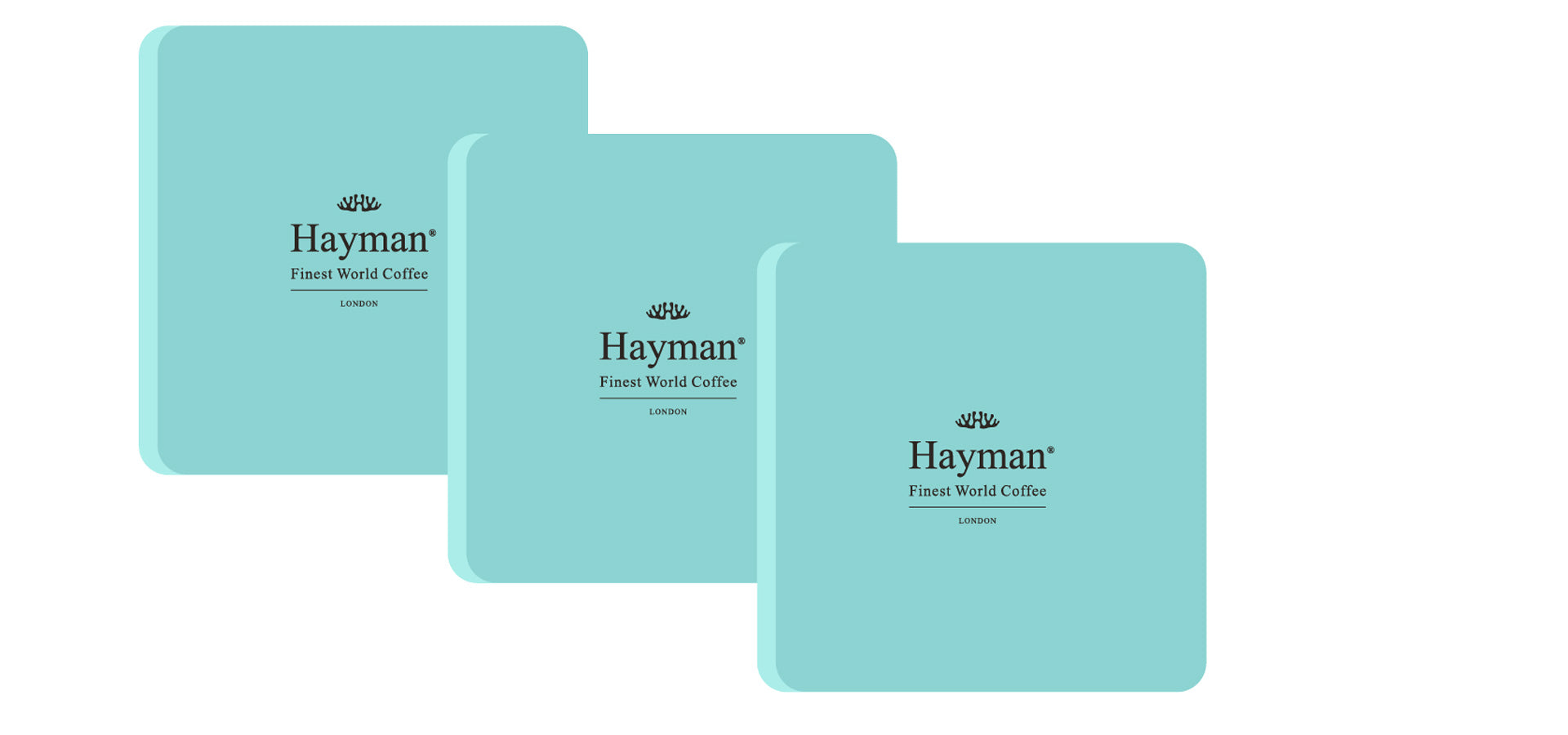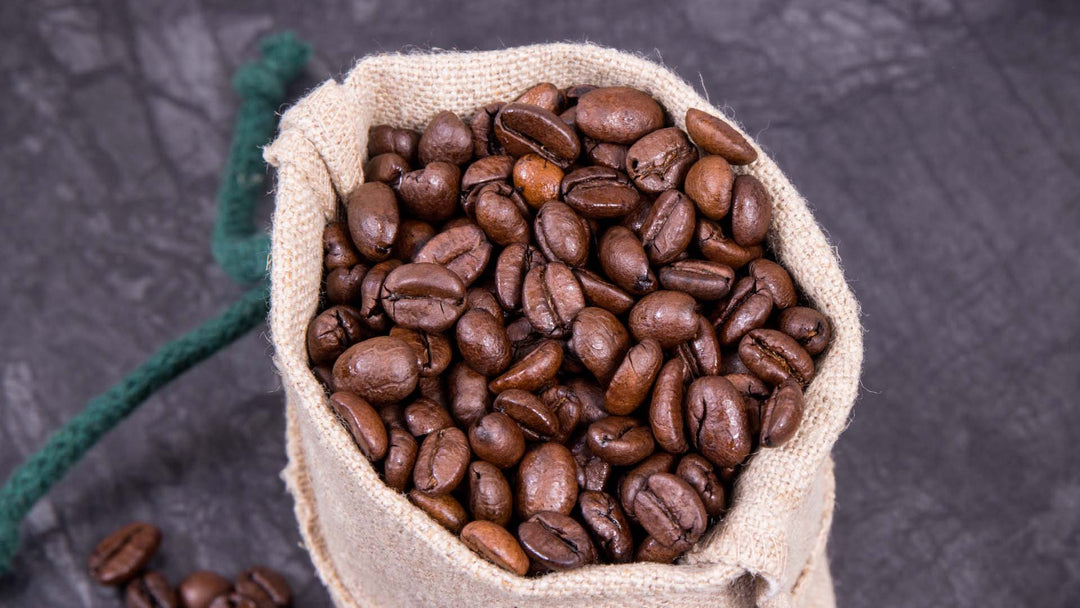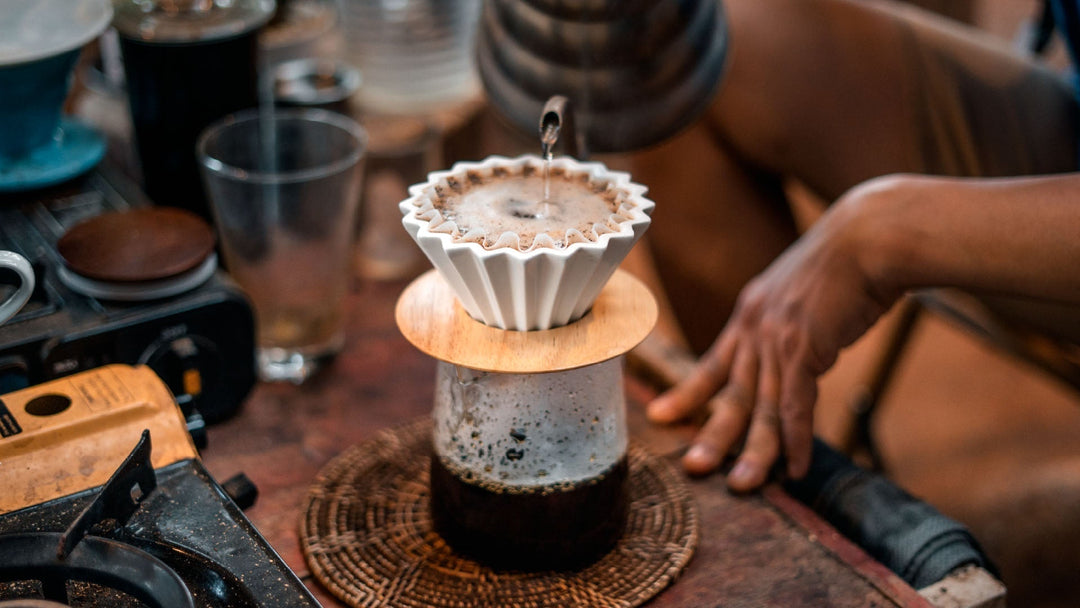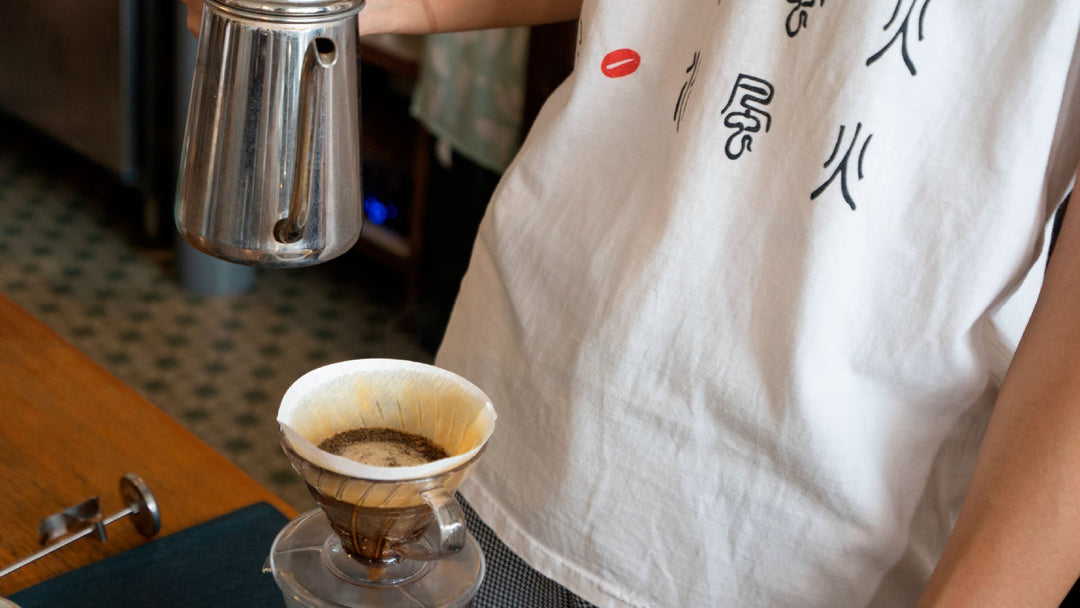What is the nicest type of coffee?

Coffee is one of the most beloved beverages in the world, enjoyed by millions every day. From the rich aroma to the bold flavor, coffee lovers are constantly on the lookout for the "nicest" type of coffee. But with so many varieties, brewing methods, and flavor profiles, it can be challenging to determine what truly makes a coffee the "nicest."
The answer depends on individual tastes and preferences. Some people value smoothness, others crave boldness, and still others are drawn to unique flavor notes like floral, fruity, or chocolatey undertones. In this article, we’ll explore different coffee types, brewing methods, and origins to help you understand what might be considered the nicest type of coffee, out of the various top rated coffees available on the market.
1) Understanding Coffee Beans: The Foundation of Flavor
To appreciate what makes a coffee "nice," it’s essential to understand the types of coffee beans that serve as the foundation for flavor. The two main varieties of coffee beans are Arabica and Robusta.
Arabica Coffee: Known for its smooth, mild, and complex flavor profile, Arabica beans are often associated with high-end, specialty coffees. They are grown at higher altitudes and require more care, which contributes to their higher price.
Robusta Coffee: Robusta beans have a stronger, more bitter taste and are often used in instant coffee or espresso blends. They are easier to cultivate and have higher caffeine content, making them a popular choice for those seeking a strong kick.
For most people, Arabica is considered the "nicer" type of coffee due to its refined taste, smoother body, and more nuanced flavor profile. However, some prefer the bold intensity of Robusta, especially in espresso-based drinks.
2) Single-Origin vs. Blended Coffee
When discussing the nicest type of coffee, single-origin and blended coffee play a significant role in the conversation.
Single-Origin Coffee: Single-origin coffee comes from one specific geographic region or farm. It often has a unique flavor profile reflecting the specific growing conditions of that region. For example, Ethiopian coffees are known for their fruity, berry-like notes, while Colombian coffees offer nutty and caramel-like flavors.
Blended Coffee: Blends combine beans from multiple origins to create a balanced and consistent flavor. Many commercial coffee brands use blends to create a signature taste. While blends may not have the distinct flavors of single-origin coffees, they’re often smooth, balanced, and enjoyable for a wide audience.
For coffee enthusiasts, single-origin coffee is often seen as the "nicer" option due to its unique and traceable flavor characteristics. However, blends can also be considered "nice" if they offer a balanced, enjoyable cup.
3) Coffee Roasts: Light, Medium, or Dark?
Another factor that influences what makes a coffee "nice" is its roast level. Roasting coffee beans brings out their flavor, aroma, and body. The three primary roast levels are:
Light Roast: Lightly roasted beans retain most of their original flavor, highlighting fruity, floral, and acidic notes. These coffees are preferred by those who enjoy nuanced, complex flavors.
Medium Roast: Medium roasts strike a balance between brightness and sweetness. They offer a fuller body and a more well-rounded flavor, making them a popular choice for many coffee drinkers.
Dark Roast: Dark roasts have a bold, robust flavor with notes of chocolate, caramel, and toasted nuts. They’re less acidic and have a heavier body, making them ideal for those who like strong, intense coffee.
Which roast is the "nicest" depends on personal preference. If you enjoy delicate, fruity flavors, a light roast might be your top pick. If you’re after a bold, full-bodied coffee, a dark roast could be your favorite.
4) Brewing Methods: The Role of Preparation
Even the best coffee beans can be ruined if they’re not brewed properly. Brewing methods play a crucial role in determining how "nice" a cup of coffee tastes.
Pour-Over: This method allows for maximum control over the brewing process, producing a clean, bright, and flavorful cup. It’s a favorite among coffee enthusiasts.
French Press: The French press produces a full-bodied, rich coffee with a heavier texture due to the immersion brewing process. It’s great for those who prefer a robust, unfiltered cup.
Espresso: Using high pressure, espresso machines create a concentrated shot of coffee with a rich crema on top. It’s ideal for those who enjoy strong, intense flavors.
Cold Brew: Cold brew is made by steeping coffee grounds in cold water for 12-24 hours. It’s smooth, sweet, and less acidic than traditional hot-brewed coffee.
Drip Coffee: Automatic drip coffee makers are convenient and produce a consistent cup. While it’s not as "fancy" as other methods, it’s still a go-to option for home brewers.
Each brewing method has its merits, and the "nicest" method depends on the drinker’s taste. For smooth, sweet coffee, cold brew might win. For those who love a bold, intense flavor, espresso or French press might be the top choice.
5) The Role of Coffee Origin
Where coffee is grown has a significant impact on its flavor. Coffee-producing countries have distinct growing conditions that influence the taste of their beans. Some of the most famous coffee-growing regions include:
Ethiopia: Known for its fruity, berry-like flavors and wine-like acidity.
Colombia: Renowned for smooth, nutty, and caramel-flavored coffees.
Jamaica (Blue Mountain): Famous for its mild, sweet, and well-balanced flavor. Jamaican Blue Mountain coffee is considered one of the most premium coffees in the world.
Hawaii (Kona): Kona coffee is known for its sweet, floral, and nutty notes, making it one of the most sought-after premium coffees.
Brazil: Brazil produces a wide range of coffees with chocolatey, nutty, and caramel-like flavors.
If you’re searching for the "nicest" coffee, you may want to explore single-origin coffees from these renowned regions. Each one offers a unique taste experience.
6) Specialty Coffee vs. Regular Coffee
Specialty coffee is often considered "nicer" than regular coffee due to its higher quality and meticulous production process. Specialty coffee scores 80 or above on a 100-point scale assessed by professional coffee graders. It’s grown with care, hand-picked, and roasted to highlight the bean’s unique flavor notes.
Regular coffee, on the other hand, is often mass-produced and lacks the quality control seen in specialty coffee. If "niceness" means quality and taste, specialty coffee is often the winner.
7) The Nicest Coffee: It’s All About Preference
Ultimately, the "nicest" type of coffee is a matter of personal preference. Do you prefer bold, rich flavors or light, fruity notes? Do you value a silky-smooth body or a bright, zesty acidity? Your answers will guide you toward your ideal coffee.
For those seeking recommendations, here are some popular contenders for the "nicest" coffee:
- Panama Geisha Coffee: For a rich, fruity experience.
- Jamaican Blue Mountain Coffee: For a mild, balanced flavor with chocolate notes.
- Hawaiian Kona Coffee: For sweet, floral, and nutty notes.
- Ethiopian Yirgacheffe Coffee: For a fruity, floral taste.
Conclusion
There’s no one-size-fits-all answer to what makes the "nicest" coffee. It’s a blend of personal preference, brewing method, origin, and roast level. From the light, fruity notes of Ethiopian Yirgacheffe to the robust, chocolatey flavors of Jamaica Blue Mountain, coffee offers a world of taste experiences to explore.
If you’re searching for the nicest type of coffee, start with a single-origin, 100% Arabica coffee. Experiment with different brewing methods and roast levels to discover your perfect cup. With so many options available, there’s a "nicest" coffee out there for everyone.
Click HERE to visit Hayman’s online store and discover these and many other top rated coffees. We are offering free shipping worldwide with all orders.
